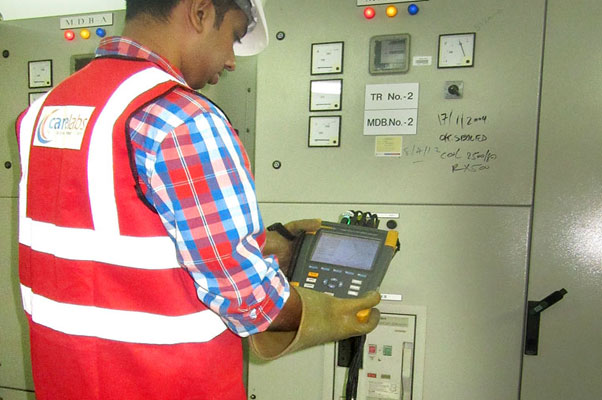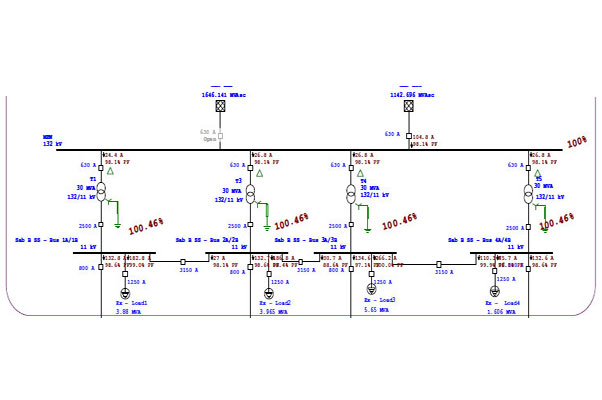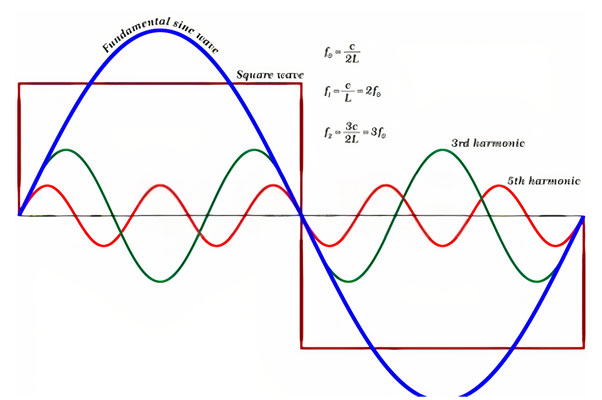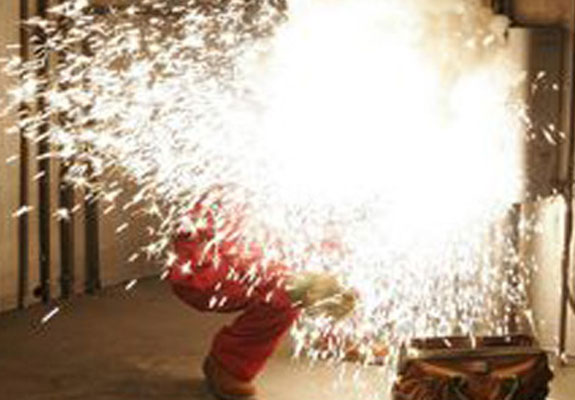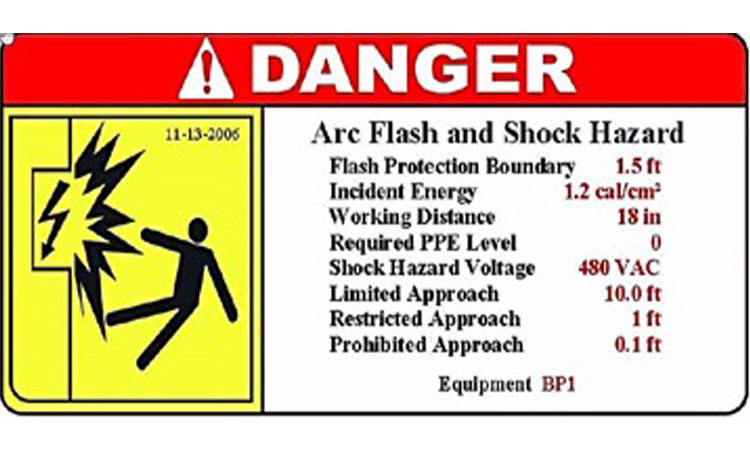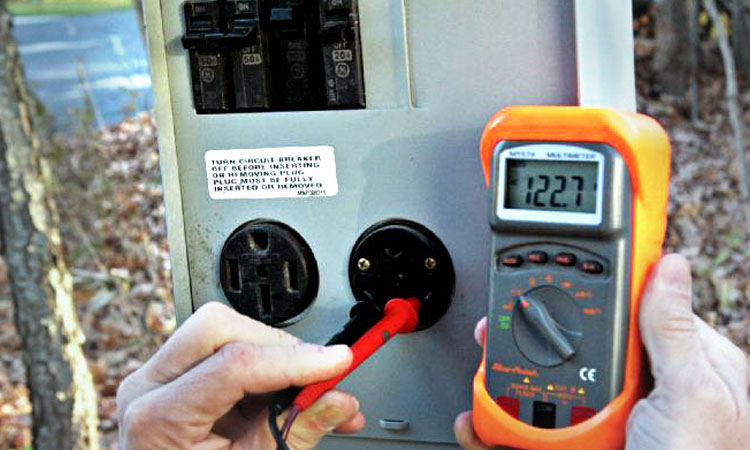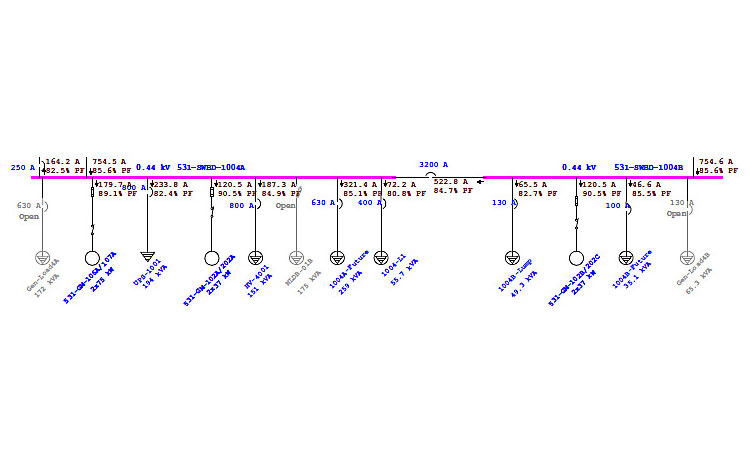Electrical arcs can occur when gas is being revealed to a voltage higher than its insulative properties. The arc is formed when the voltage is sufficient to ionize the air between the conductors.
On ionization, the air becomes a good conductor allowing the current to flow. The current produced through the ionization of air generates heat and bright light in the air.
This heat causes the ionized air to rise to result in an arched shape of current giving the phenomenon its name. An arc flash may produce a temperature up to 20,000 degrees Celsius.
Arc flash hazards cause serious damage to both property and people. Some of the effects of arc in flash in business are:
- Direct costs include medical treatments, rehabilitation, and compensation of workers, cost of accident investigation, and loss of production.
- Indirect costs include legal and judgment costs, litigation costs, fines, insurance premiums, repair costs, and cost of replacement workers
- Adverse impacts cost your personal reputation, your talent ability in the labor market, and the possibility of criminal charges
- Most customers tend to reject companies with high incident rates which leads to the loss of business opportunities and even lose the license to perform electrical works
- Accidents related to arc flash tends to leave an impression that cannot be forgotten easily leading to loss of opportunities and profit
Causes of Arc Flash Hazard:
- Touching incorrect surface with the test probe
- Unsuitable tools, installation, and work techniques
- Using damaged electrical components
- Insulation damage or gaps in equipment
- Interference in disconnect panels
- Dust or corrosion on electrical equipment
- Improper maintenance for circuit breakers and switches
- Uncovered live parts or loose connections
- High voltage cables or constant electricity
- Dampness in electrical equipment
Mitigation Methods for Arc Flash Hazard:
- De-energizing Electrical Components:
It eliminates the risk of potential hazards as far as possible. Working on energized equipment must be avoided and extra care must be taken while testing the equipment is de-energized or during re-energizing it.
Remote tracking technology is used to operate circuit breakers away from arc flash boundary which may risk the life of the worker operating it.
- Use Proper Low-Risk Technology:
In arc flash analysis & study on the power system, short circuit, and protective device coordination studies are performed to identify the risks associated with them. Use low-risk technologies like remote racking equipment to keep the people and property safe
- Redesign Electrical Systems and Control:
Ensure the availability of the correct level of PPE (personal protective equipment) require as per the arc flash hazard category. Redesigning of engineering equipment and processes to possibly lessen the risks.
Settings for circuit breakers and energy distributions systems are adjusted to reduce incident energy
- Decrease the Level of Available Fault Current:
Industries using non-current limiting breakers will be able to reduce the amount of available fault current. These devices can be operated with an open tie during maintenance. The opening tie-in between dual power feeds during maintenance reduces arc flash hazards by reducing available fault current.
Current limiting reactors can be used as a bottleneck on electrical current flow thereby eliminating current during arc faults.
- Redirect the Blast Energy:
Popularize the use of arc resistant. Arc resistant switchgear basically uses sealed joints, top-mounted pressure relief vents, and reinforced hinges to absorb the energy and heat released through arc flashes and redirects them through ducts to an unoccupied area.
Case Studies from Australia on Arc Flash Hazards:
- A mining company in Chiat (Western Australia) in February 2018 witnessed an accident due to the connection of a cable to a low voltage circuit breaker board which resulted in burns to the face and hands
- An NSW excavation industry in July 2018 faced an accident by the live cables of an electrical hammer drill resulting in burns on the upper body and face.
- Workcover in Queensland in September 2018 faced an accident by shorting two phases of the pliers leading to burns to hands
- Workcover in Queensland in October 2018 faced an accident by terminating cables to the switchboard causing burns to hands, neck, and face
- A power generation company in November 2018 faced a switchboard explosion leading to the death of two workers
Care Labs offers detailed arc flash study and analysis services. Experienced professionals examine the risks of arc flash to ensure your safety program is up to date.
Care Labs are capable of identifying potential arc flash risks and are well versed in adopting modern technologies to mitigate those risks. Care Labs use ETAP (Electrical Transient Analysis Program) software to perform study and analysis
Australian Standards and Guidelines:
- AS/NZS 3000:2018 include direction on engineering controls for prevention, guidance, and mitigation controls to reduce damage from arc flash
- AS/NZS 4836:2011 includes basic risk assessment information, electrical isolation methods, selection of electrical safety tools, selection of PPE levels based on the rating of electrical supply
- AS/NZS 3007:2013 includes information for arc flash safety
- ENA (Energy Networks Australia) NENS 09-2014 includes the use and maintenance of PPE for electrical arc hazards
Care Labs have their crew members deployed in various locations, so our specialists are nearby in case of a routine or emergency. In a very short period, Care Labs have been established as an ISO 9001:2008 certified organization and have acquired a reputed client base with excellent feedbacks.
Care Labs offer arc flash study and analysis services in all the major cities of Queensland, New South Wales, South Australia, Victoria, Tasmania, and Western Australia.



